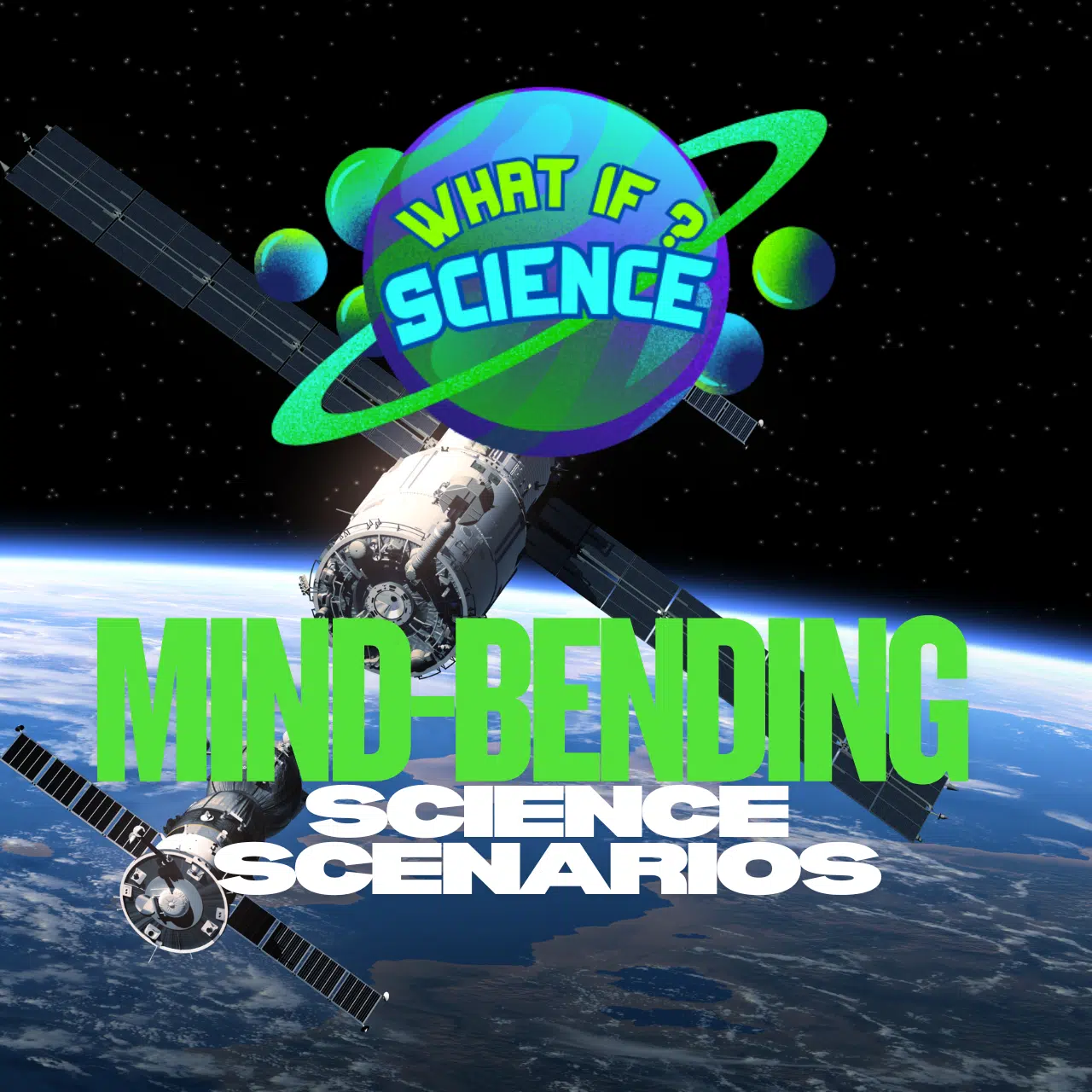For decades, the idea of ancient aliens has fascinated historians, scientists, and conspiracy theorists alike. Popularized by authors like Erich von Däniken and TV series such as Ancient Aliens, this theory suggests that extraterrestrials visited Earth in the distant past, influencing human civilizations, technologies, and religions.
But now, with modern science, archaeology, and astronomy advancing rapidly, researchers are revisiting these claims. Are ancient alien theories nothing more than pseudoscience, or could there be kernels of truth hidden in humanity’s oldest myths and monuments?
The Origins of Ancient Alien Theories
The core of ancient astronaut theory is simple: our ancestors may have mistaken advanced alien visitors for gods, recording their encounters in myths, religious texts, and ancient art.
Supporters often point to:
- The Great Pyramids of Giza and their precise alignments.
- The Nazca Lines in Peru, visible only from above.
- The Megaliths of Stonehenge and other mysterious stone structures.
- Descriptions of “flying chariots” in the Mahabharata and Bible’s Ezekiel’s vision.
To believers, these feats seemed impossible without extraterrestrial assistance. To skeptics, they are simply examples of human ingenuity.
What Modern Archaeology Reveals
Today’s scientists have answers to many mysteries once attributed to aliens.
- Pyramids: Modern archaeology shows the pyramids were built using ramps, levers, and massive human workforces — not alien engineering. Precision was achieved with careful surveying techniques.
- Nazca Lines: Studies reveal the Nazca culture created these giant geoglyphs for religious rituals, possibly related to water and fertility, not spacecraft landing sites.
- Stonehenge: Archaeologists have uncovered evidence of evolving construction phases using simple but effective stone-moving methods.
Instead of dismissing ancient people as incapable, science now acknowledges their remarkable skills, creativity, and determination.

Ancient Texts Under a New Lens
Ancient stories of “gods descending from the sky” remain intriguing. For example:
- In the Mahabharata, descriptions of “vimanas” (flying chariots) sound strikingly similar to aircraft.
- In the Book of Ezekiel, a fiery wheel within a wheel could resemble a spacecraft.
- The Dogon tribe of Mali has myths about beings from Sirius, a star system astronomers later confirmed had an invisible companion star.
Skeptics argue these are symbolic myths, not literal accounts. However, modern science acknowledges that many ancient cultures had astonishing astronomical knowledge without telescopes. Could this mean they received knowledge from visitors — or simply studied the sky with great care over centuries?
Genetics and the Question of Human Origins
Some ancient alien theorists claim humanity’s sudden leap in intelligence hints at genetic intervention. The Sumerian texts describe gods called the Anunnaki, said to have created humans as workers.
Modern science explains human evolution through natural selection and genetic mutations. Yet, the discovery of mystery DNA fragments — genetic sequences of unknown origin — raises interesting questions. Could ancient alien theorists have been onto something, or are these simply gaps in our current scientific understanding?
UFO Evidence and Historical Continuity
Another reason ancient alien theories endure is the modern UFO phenomenon. Across cultures and time periods, people report encounters with strange aerial objects and beings. The similarity of ancient depictions — glowing disks, winged chariots, and sky visitors — to today’s UFO reports suggests a continuity of experiences across human history.
Recent declassified U.S. military reports on unidentified aerial phenomena (UAPs) give the discussion new legitimacy. While these do not prove alien visitation, they reopen the possibility that humanity has long been encountering something beyond our current science.

Science vs. Speculation
Where does modern science stand today?
- Supportive Evidence: None so far. No definitive artifacts, alien tools, or biological traces from extraterrestrial visitors have ever been found.
- Open Questions: Many ancient cultures had unexplained astronomical alignments and myths that hint at extraordinary knowledge.
- Scientific Caution: Most experts warn against attributing human achievements to aliens, as it diminishes the brilliance of early civilizations.
Yet, even cautious scientists agree that the possibility of intelligent extraterrestrial life elsewhere in the universe is very real. With billions of habitable planets, the odds favor life existing beyond Earth.
How Modern Technology is Changing the Debate
Cutting-edge science allows us to investigate ancient alien theories with fresh tools:
- Ground-penetrating radar is revealing hidden chambers in ancient pyramids.
- Astronomical software helps reconstruct ancient skies, showing how monuments align with stars.
- DNA sequencing allows us to trace human origins with unprecedented detail.
- SETI (Search for Extraterrestrial Intelligence) listens for alien signals, bringing a scientific framework to the question.
By combining archaeology, astronomy, and genetics, we can separate myth from possible evidence more effectively than ever before.
The Psychological Factor
Another layer to consider is psychology. Humans are wired to seek patterns and explanations for the unknown. Ancient alien theories often arise from underestimating what ancient people could achieve. Instead of marveling at human ingenuity, we sometimes prefer to attribute greatness to outside forces.
But perhaps this very tendency reflects something deeper — a universal longing for connection with the cosmos.
Conclusion: Re-Examining with Open Minds
Re-examining ancient alien theories with modern science doesn’t mean discarding them entirely. While many claims have rational explanations, the enduring mysteries of ancient civilizations continue to spark curiosity.
Whether extraterrestrials visited Earth thousands of years ago remains unproven. Yet, the quest itself pushes science forward, inspiring us to explore the stars, decode ancient texts, and reimagine humanity’s place in the universe.
In the end, ancient alien theories remind us of one undeniable truth: the human story is still unfolding, and the cosmos holds secrets we are only beginning to understand.

